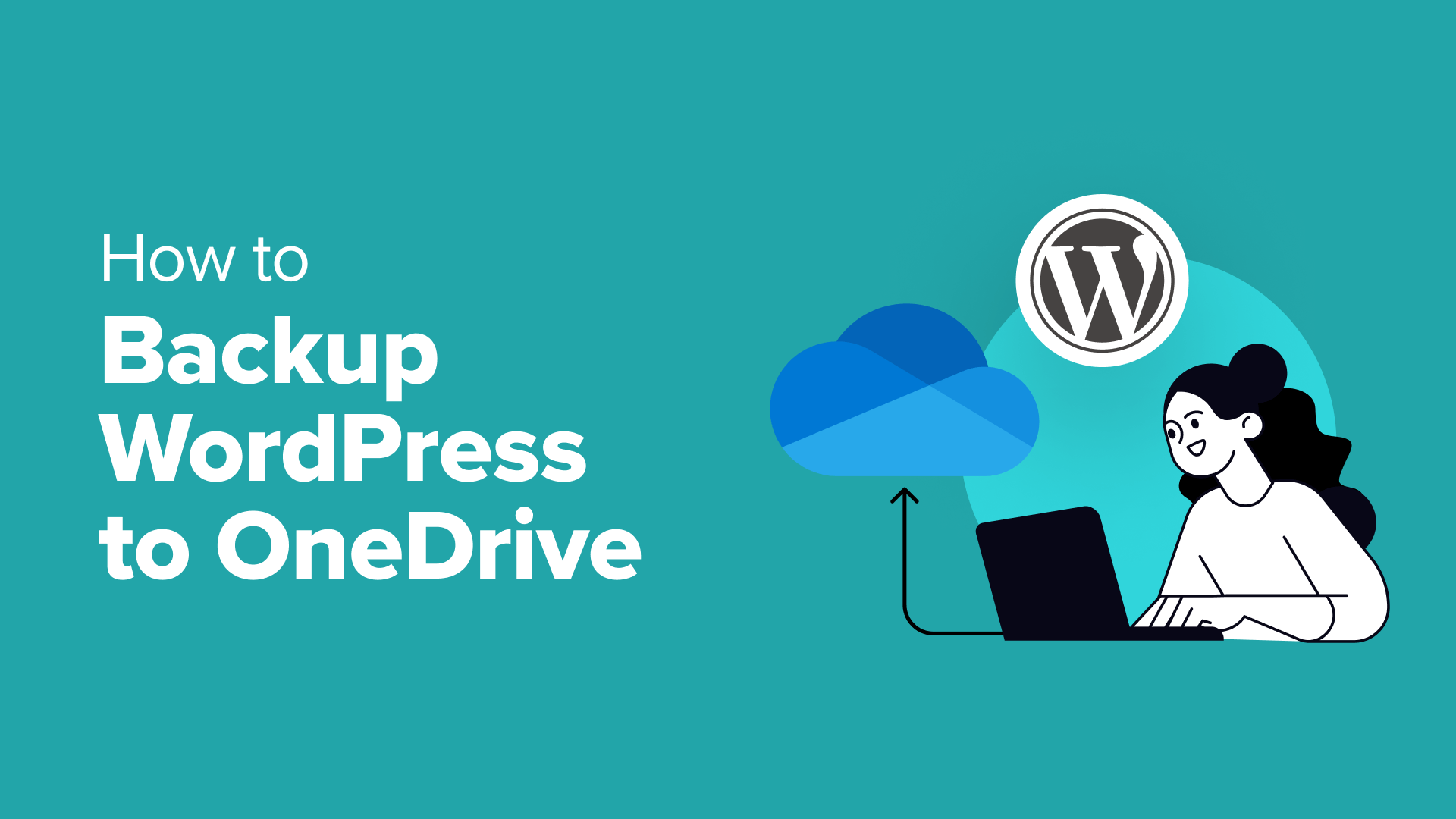The Evolution of Influencer Marketing
Did you know that the influencer marketing industry is forecasted to reach $121 billion by 2030?
While the creator economy is still evolving, influencer marketing is maturing and becoming much more performance-oriented.
Here’s Lyle’s take on the current state of influencer marketing:
“We’ve gone through this evolution of — what’s this shiny object called influencer marketing? Does it actually work? And now marketers are starting to ask: we know influencer marketing works, so how can I scale it? How can I drive better ROI and performance for my business?”
With more and more people looking to social media to decide what to buy, it’s no surprise that 56% of consumers make purchases from creator content.
We know that creators on TikTok drive discovery and that Gen Z and Millennials — who use TikTok the most — are even more likely to buy products based on creator recommendations.
Why are people coming to TikTok? Adrienne shared her insider perspective:
“People are coming to TikTok to learn, to be entertained, and then they’re leaving with more than what they came for. 93% of users take action on the content they see on their For You Page. And shoppers are 2x more likely to buy directly from TikTok because it’s entertaining.”
In contrast, we’ve also seen the rise of “de-influencing,” where creators share alternative products or negative opinions about brands. With 36% deterred from making a purchase after listening to a creator, this serves as a reminder that influence can swing both ways.
Despite the industry’s growth, other challenges remain. Proving ROI, measuring performance, and finding the right influencers are top concerns for marketers. Let’s review how and TikTok can help guide your influencer marketing strategy.











